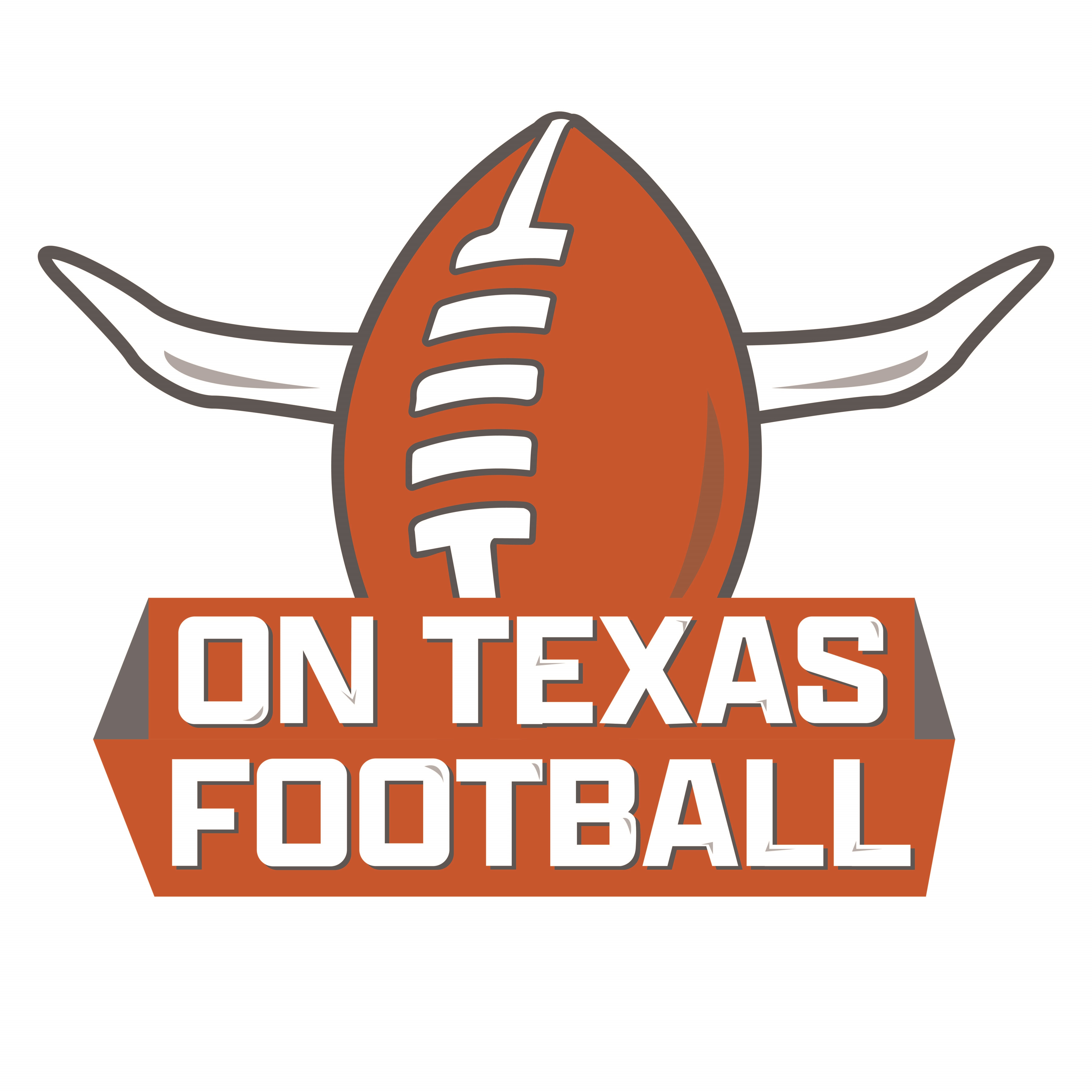
When asked on Wednesday’s SEC coaches teleconference about how the No. 6 Sooners planned to list Mateer’s status on the conference’s official injury report, Venables indicated he won’t release anything other than what the league requires coaches to divulge.
“That’ll come out tonight and everybody will get it at the same time,” Venables said.
Whether it’s Mateer or Michael Hawkins Jr. behind center at the Cotton Bowl, the Texas defense should hit the field hellbent on proving its run-stopping capabilities are greater than how the Longhorns held up in last Saturday’s 29-21 loss to Florida.
While the Gators’ final line on the ground (159 yards on 37 carries) isn’t a glaring sign of a leaky run defense on its own, the way Texas (3-2, 0-1 SEC) was gashed in the first half was alarming. After six consecutive games (dating back to last season’s Cotton Bowl loss to Ohio State) in which Pete Kwiatkowski’s defense held its opponents to under 100 net rushing yards, Florida ran roughshod over the Longhorns in the first quarter, tallying 94 yards on an average of 6.7 yards per attempt.
“No reason,” linebacker Liona Lefau said on Monday when asked why the Texas defense stumbled out of the blocks in Gainesville. “We just need to do a better job of coming out and playing the best defense that we know we're capable of doing.”
While Steve Sarkisian searches for ways to get the Longhorn rushing attack untracked after a forgettable SEC opener (52 net yards on 26 official attempts, including just 16 yards on 11 carries by the running backs), the defense must do its part to help Texas win the line of scrimmage battle against Oklahoma (5-0, 1-0).
In the Red River Shootout, winning in the trenches is the best way to ensure a win on the scoreboard when the dust settles. The team that won the rushing yardage battle has won all but three of the last 28 meetings between the Longhorns and Sooners, including Sarkisian’s four Red River games.
Texas won the rushing yardage battle decisively en route to a 49-0 rout in 2022 (296-156) and in last season’s 34-3 victory (177-89). On the flip side, Oklahoma’s 55-48 comeback win in 2021 saw the Sooners finish with a plus-211-yard advantage on the ground, while Venables’ team out-rushed Sarkisian's squad by 45 yards (201-156) in a 34-30 Longhorn loss in 2023.
Although the Texas running game is reeling, Oklahoma heads into Saturday’s bout with one of the least productive rushing attacks in the SEC. The Sooners are 12th in the conference in rushing yards per game (137.2), 14th in yards per attempt (3.79) and 11th in runs that have gained at least 10 yards (23).
With that said, rushing yards from the quarterback position have arguably been the difference in Sarkisian’s two losses to Oklahoma. A 66-yard touchdown run by Caleb Williams ignited his team’s furious rally in 2021, and two years later, Dillion Gabriel’s 113 yards rushing (especially his pulling the ball down and running for big yardage on the Sooners’ game-winning drive) played one of the biggest roles in the outcomes.
Whether Mateer is back or Hawkins is called upon to start in Dallas for the second consecutive season, the Longhorn defense knows the path to victory includes minimizing the damage that the quarterback runs (designed runs and scrambles) in Ben Arbuckle’s offense can cause.
“We’ve played Hawkins, we haven’t played Mateer, but we kind of have the same scheme for both of them,” linebacker Anthony Hill Jr. said on Monday. “It's going to be interesting to see what plays out throughout the week and get ready for the game.”
- Read more...
- 8 comments
- 497 views

